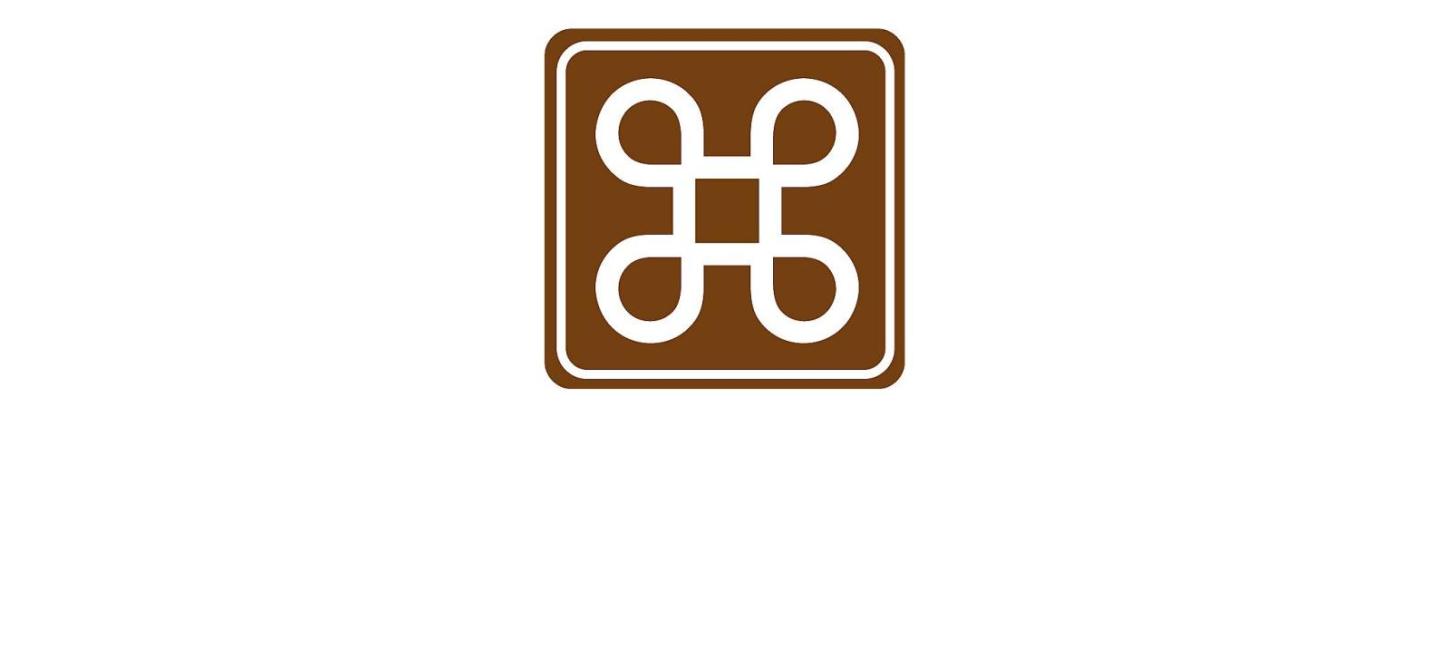The brown St. John's cross
Dragør is granted the right to display the so-called "St. John's cross", which refers to areas with special qualities.
It is the Danish Agency for Culture, the Danish Agency for Nature and VisitDenmark that designates the areas in Denmark that are given the honor of being able to boast the symbol. The attractions on the list must be experiences at a national level, and they must have a very special quality and experience value.
- They must be significant sights of national interest, says Bent Lund Nielsen from the Road Directorate.
The brown signs with the St. John's cross are also known in other countries in Europe. The signs are to help driving tourists find their way to the best that the countries can offer in terms of culture, nature and experiences.
In Denmark, the St. John's Cross is used on two types of signs: A brown sign for attractions that are permanent, significant and of national interest, and a blue sign for attractions of general interest.
The St. John's cross is in fact an old, pagan symbol, used in the Nordic countries since around 300 CE. It is believed that the sign was originally meant to bring good luck and ward off evil spirits. It got its name because it symbolized John the Baptist's Day (Sankthans) in medieval calendars.
